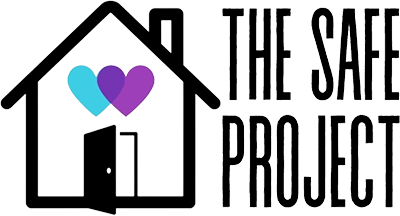- Home
- >
- The Issues
- >
- Domestic Violence
Domestic Violence
Domestic violence happens when one person believes they are entitled to control another. Domestic violence, assault, and battering are crimes.
Abuse of family members can take many forms and is not limited to married or opposite sex relationships. Domestic violence may include emotional abuse, economic abuse, sexual abuse, abusing children, threats, using male privilege, intimidation, isolation, and other behaviors used to maintain fear, power, and control. Women are most commonly the victims of violence (over 95% of the time). Elder and child abuse are also prevalent.
Acts of domestic violence generally fall into one or more of the following categories:
- Physical abuse: The abuser’s physical attacks or aggressive behavior can range from bruising to maiming or murder. It often begins with what is excused as trivial contacts which escalate into more frequent and serious attacks.
- Emotional abuse: The abuser’s psychological or mental violence can include constant verbal abuse, harassment, excessive possessiveness, isolation, deprivation of physical and economic resources, and destruction of personal property.
- Sexual Abuse: Physical attacks by the abuser are often accompanied by, or culminate in, sexual violence, wherein the women is forced to have sexual intercourse with her abuser or take part in unwanted sexual activity.
Battering often escalates. It can begin with threats, name-calling, violence in her presence (such as punching a fist through the wall), and damage to pets or objects. It may include punching, kicking, sexual assault, tripping or throwing. Finally, it may become life threatening through the use of weapons and strangulation.



